
Woodcut is a printmaking technique to transfer ink from a block of wood which surface is carved to remove non-printing areas in order to leave printing areas raised. The water-based ink gives a deep, soft shade of color while the oil-based ink gives thick, profound taste. It is widely known that ukiyo-e had an enormous impact on impressionist painters such as Degas, Manet, and Van Gogh. Woodcut is familiar to most Japanese through the art education in elementary and junior high schools. In recent years, various techniques made it possible for woodcut to extend the range of expression, and it is highly valued today in foreign countries as a field representing Japanese contemporary art.



On the surface of a copper plate, various techniques are used to make crevices to hold ink. The ink is then transferred to a sheet of paper by strong pressure of a printing press. Intaglio technique is known for fine detail and rich, deep gradations. Copper is one of the most frequently used metals in our everyday life because of its processability. Engraving, a technique to cut the image into the surface of a copper plate directly, is used to print paper currency. In the realm of artistic expression, artworks by Dürer and Rembrandt are major examples of this technique.



Lithography is a printmaking technique based on the repulsion of oil and water. An image is drawn on a plate with a greasy medium such as crayon. When water is applied on the surface of the plate, ink stays only on the surface covered with the drawing medium. Including advertisement, magazines, books, and pamphlets, the printing technique widely used today is the application of the principle of lithography. As it is superior in terms of the reproducibility of images drawn on plates, lithography is also used as one of the painting mediums. Artists using this technique include Toulouse-Lautrec, Chagall, and Picasso.
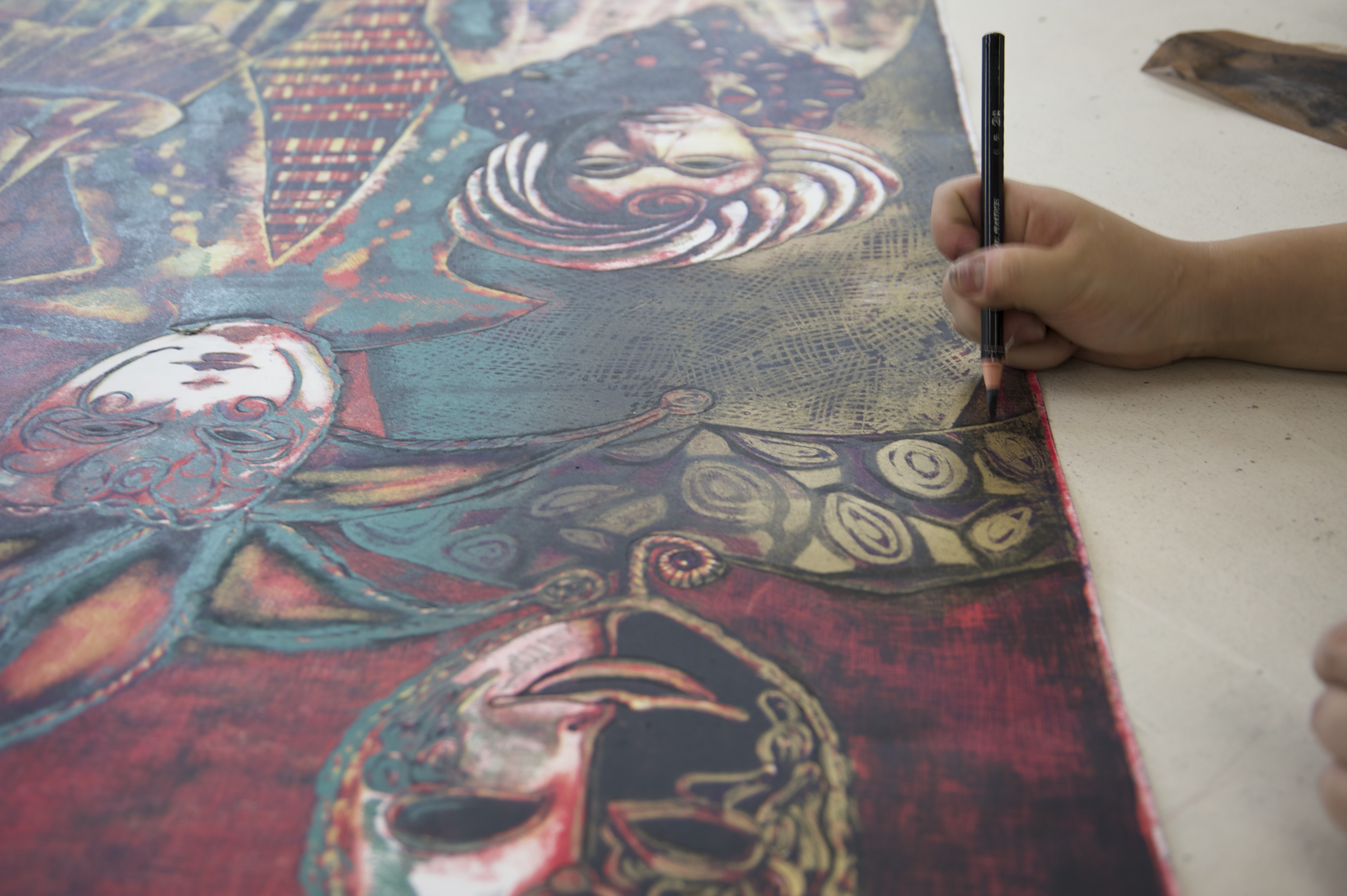


Silkscreen is a typical printmaking technique of stencil. Grain of non-printing areas on a gauze screen is covered, so ink is forced into mesh openings by a squeegee and transferred onto paper or cloth. Instead of silk, fine-grained fabrics such as nylon and Tetoron are used today. Invented in the nineteenth century, it was establish as a screen printing technique in Europe in the twentieth century. Since then, it is widely used as an artistic medium by artists including Andy Warhol and Roy Lichtenstein.



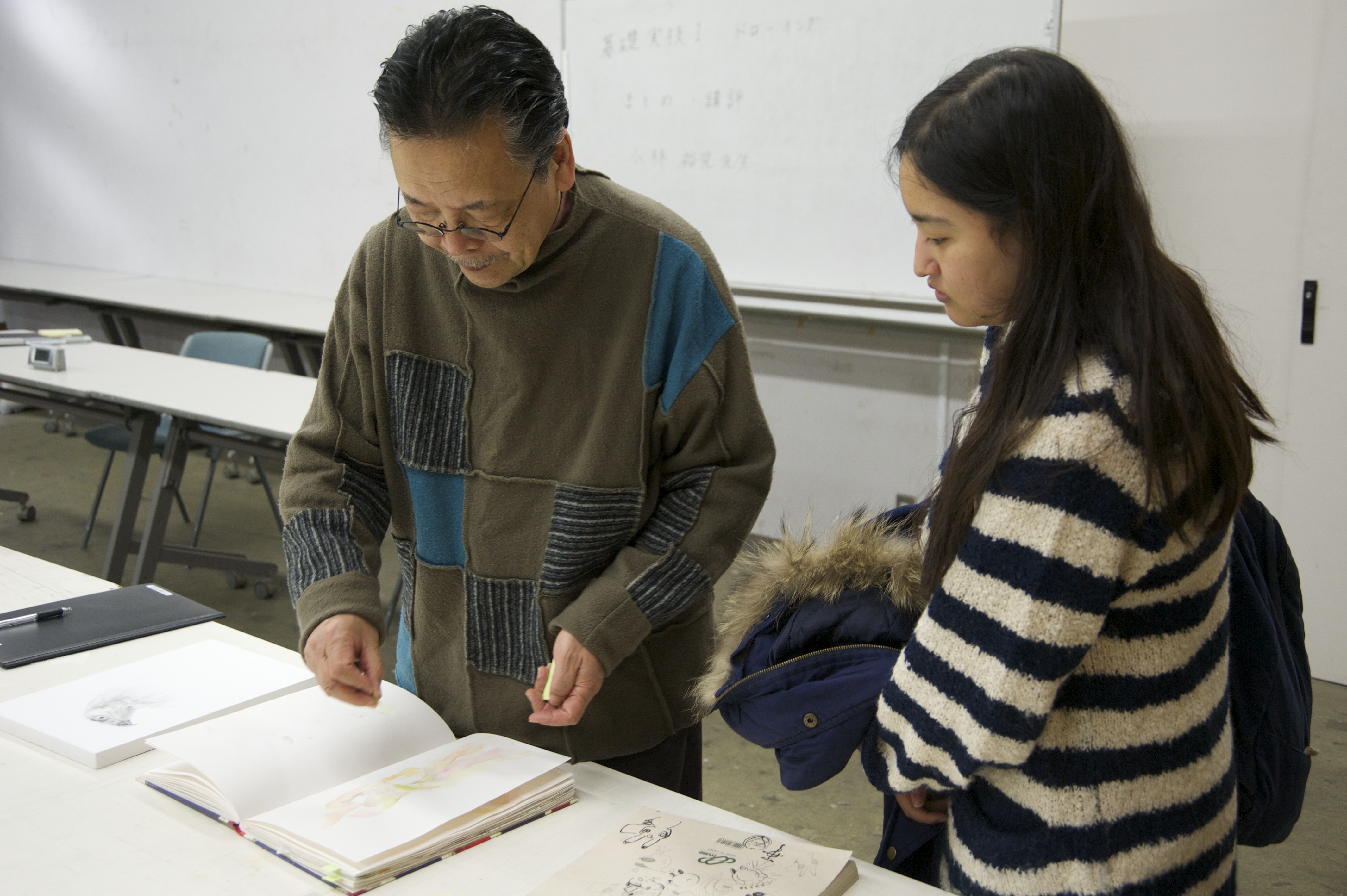

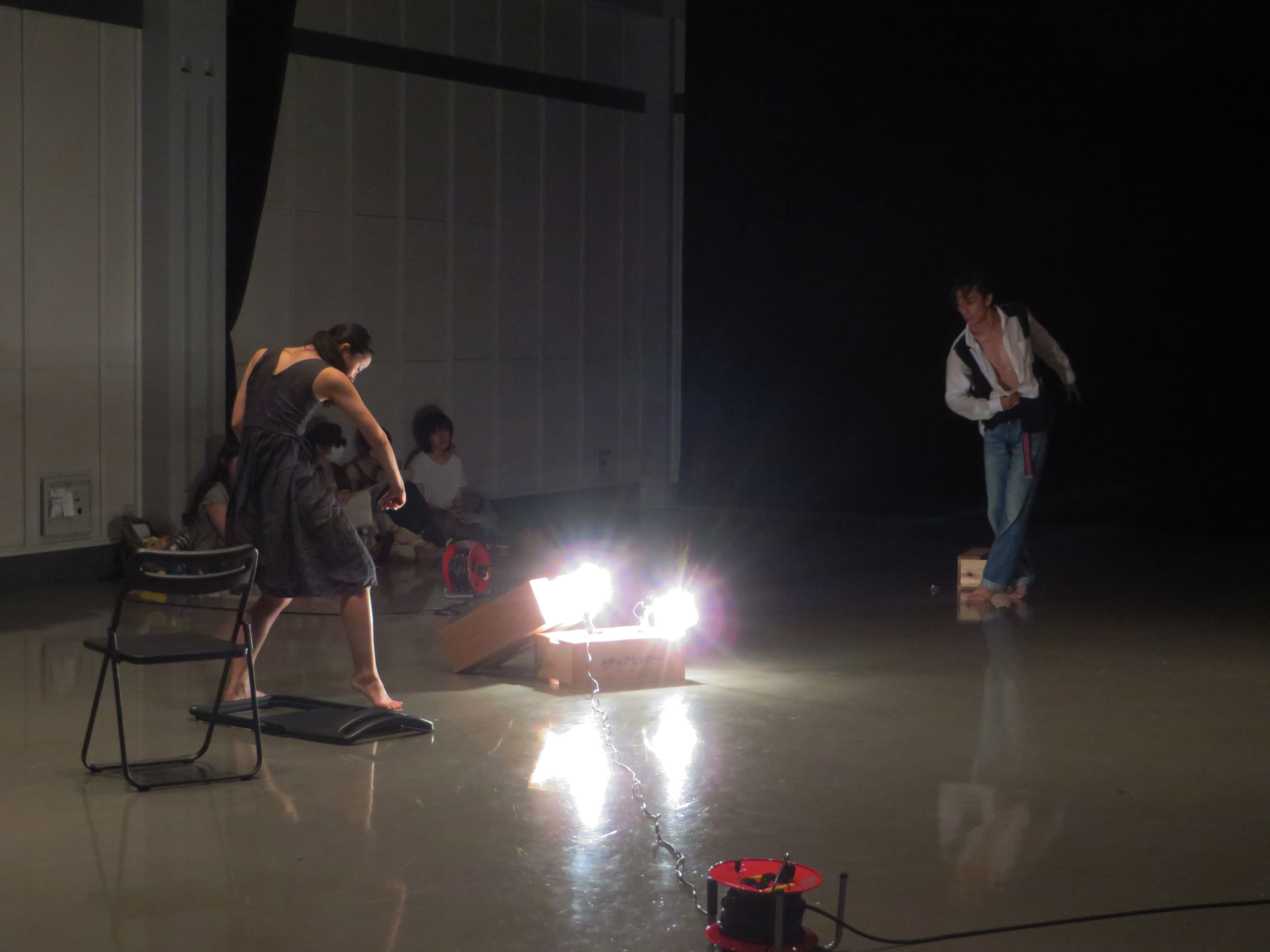
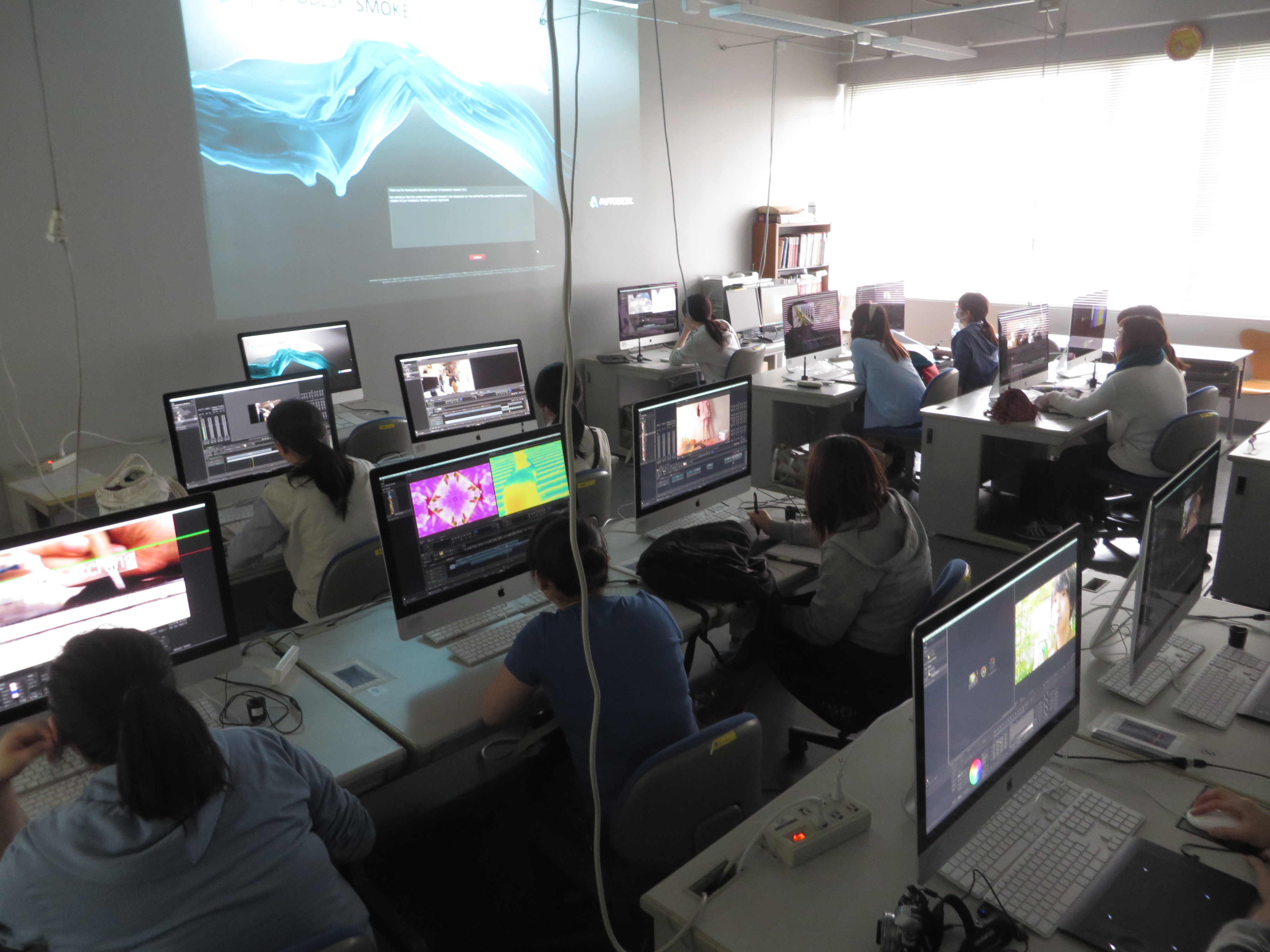
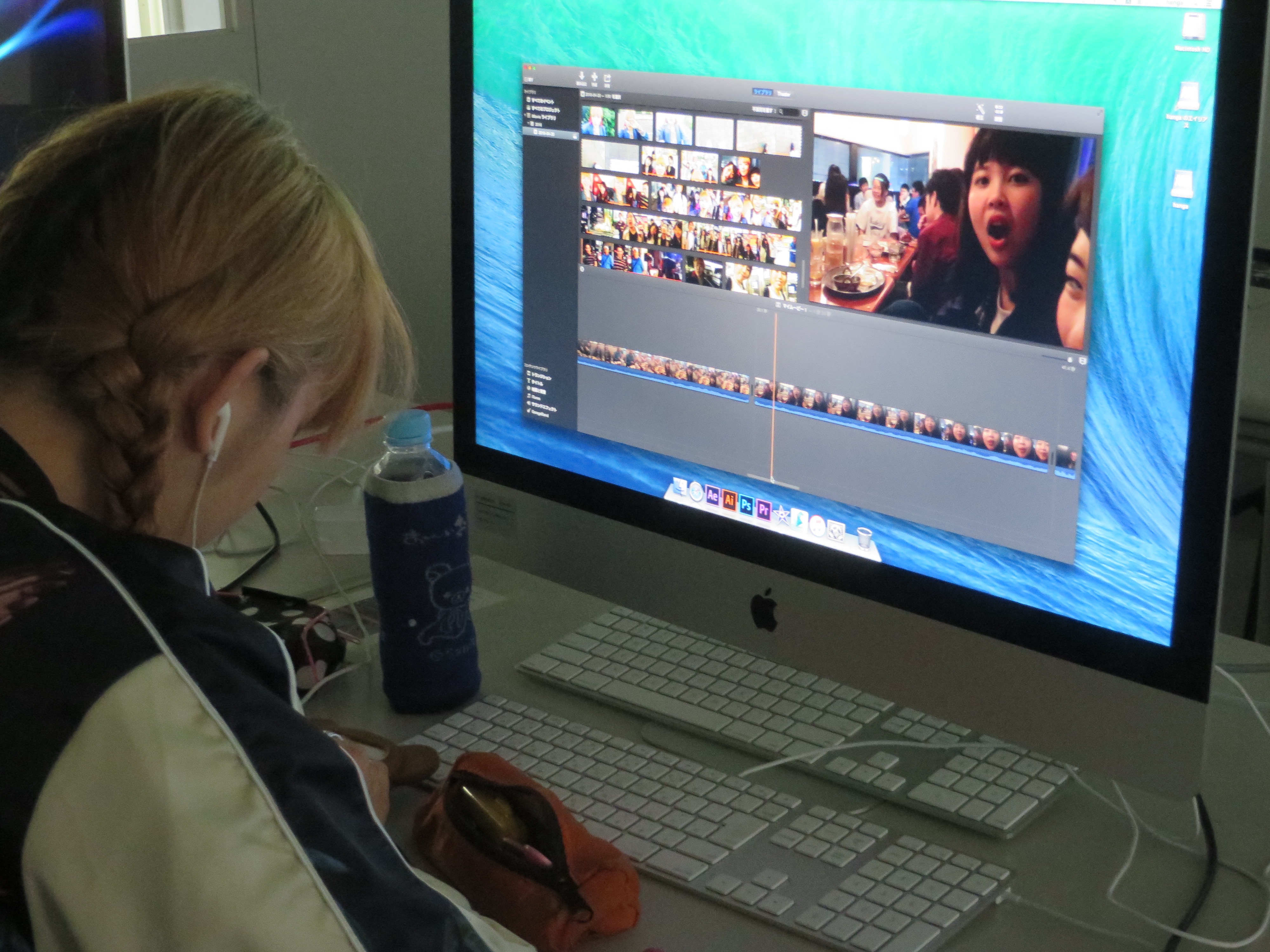
多摩美術大学版画研究室
〒192-0394東京都鑓水2-1723
Copyright © 2015 Department of printmaking.All Right Reseved.
